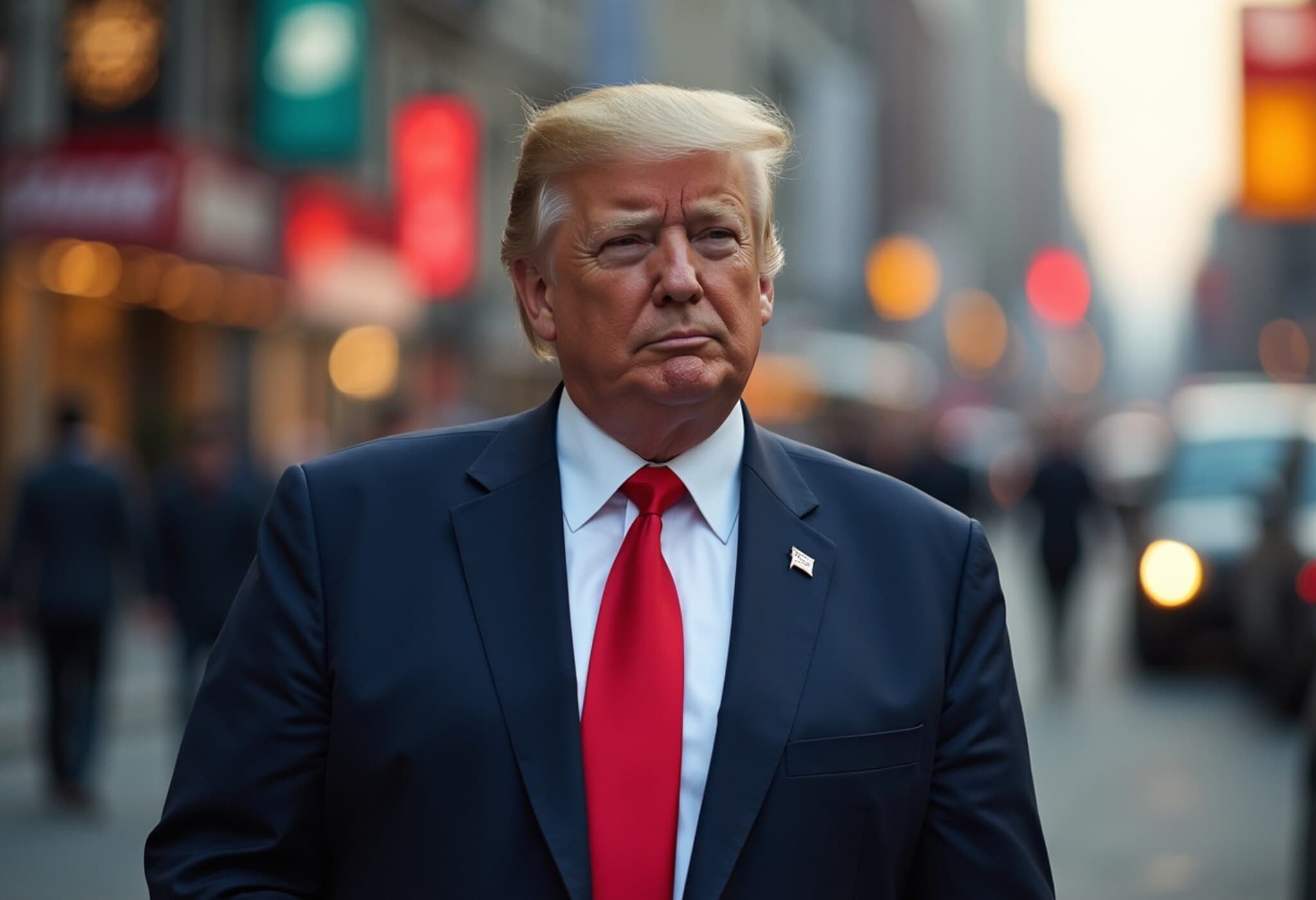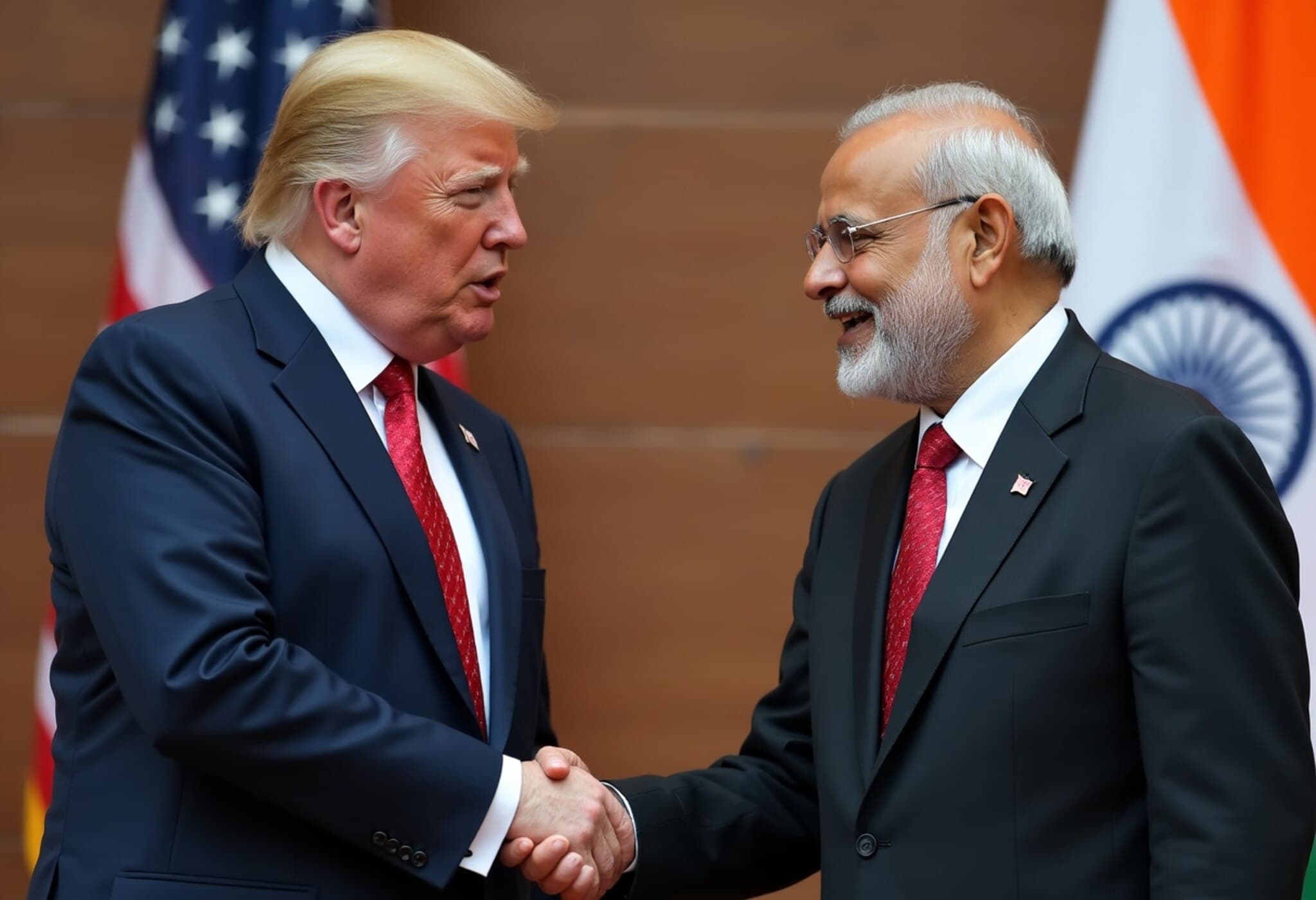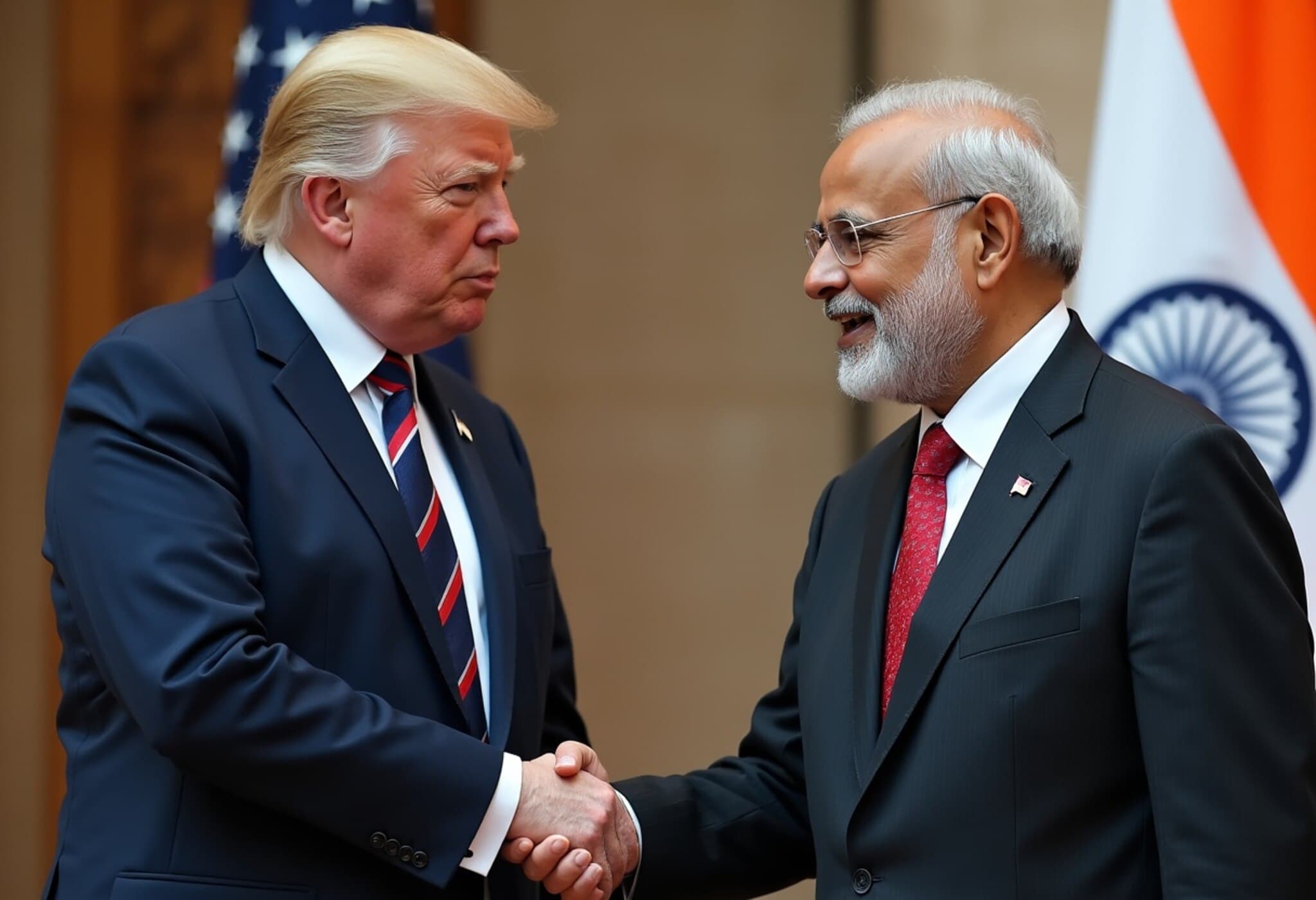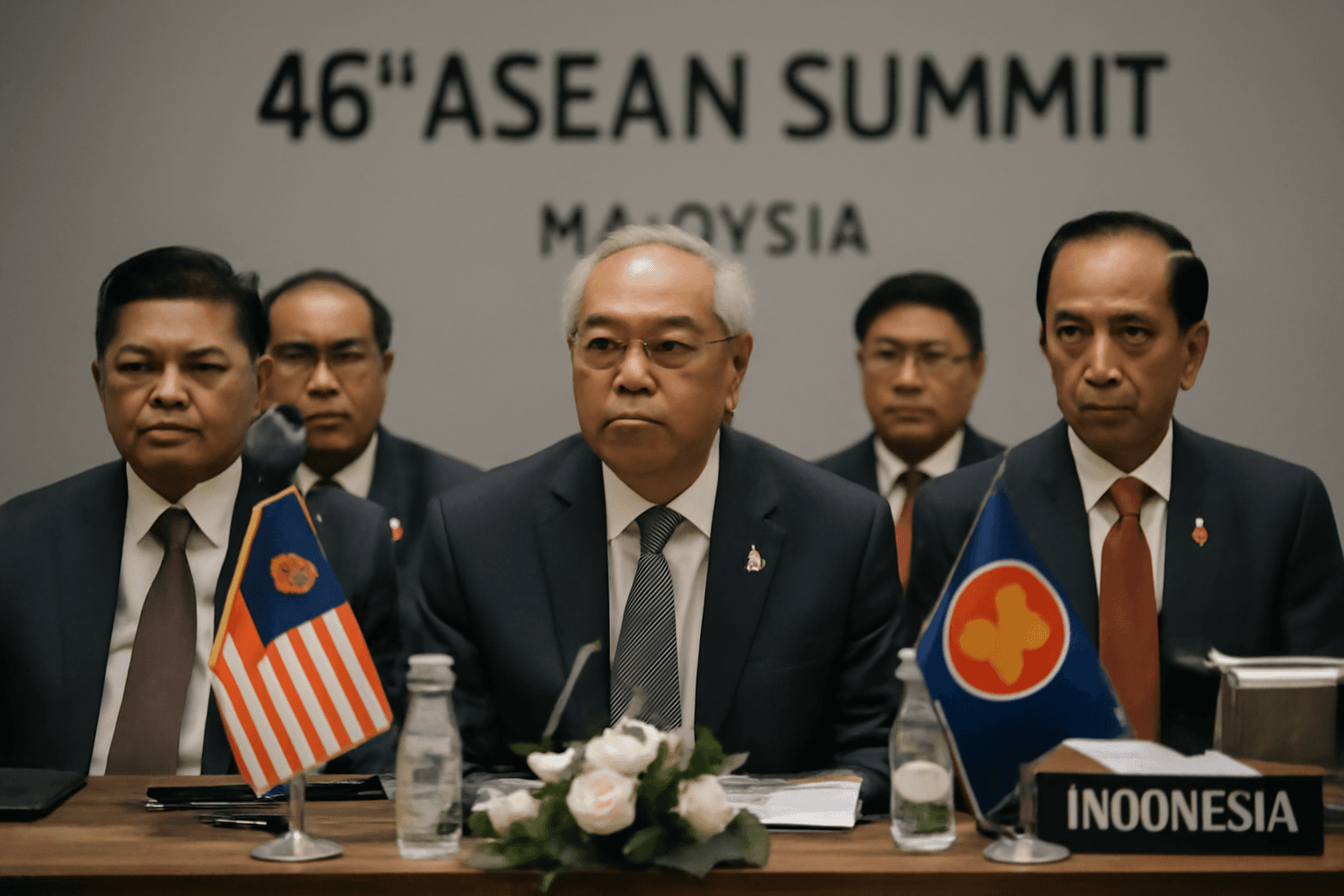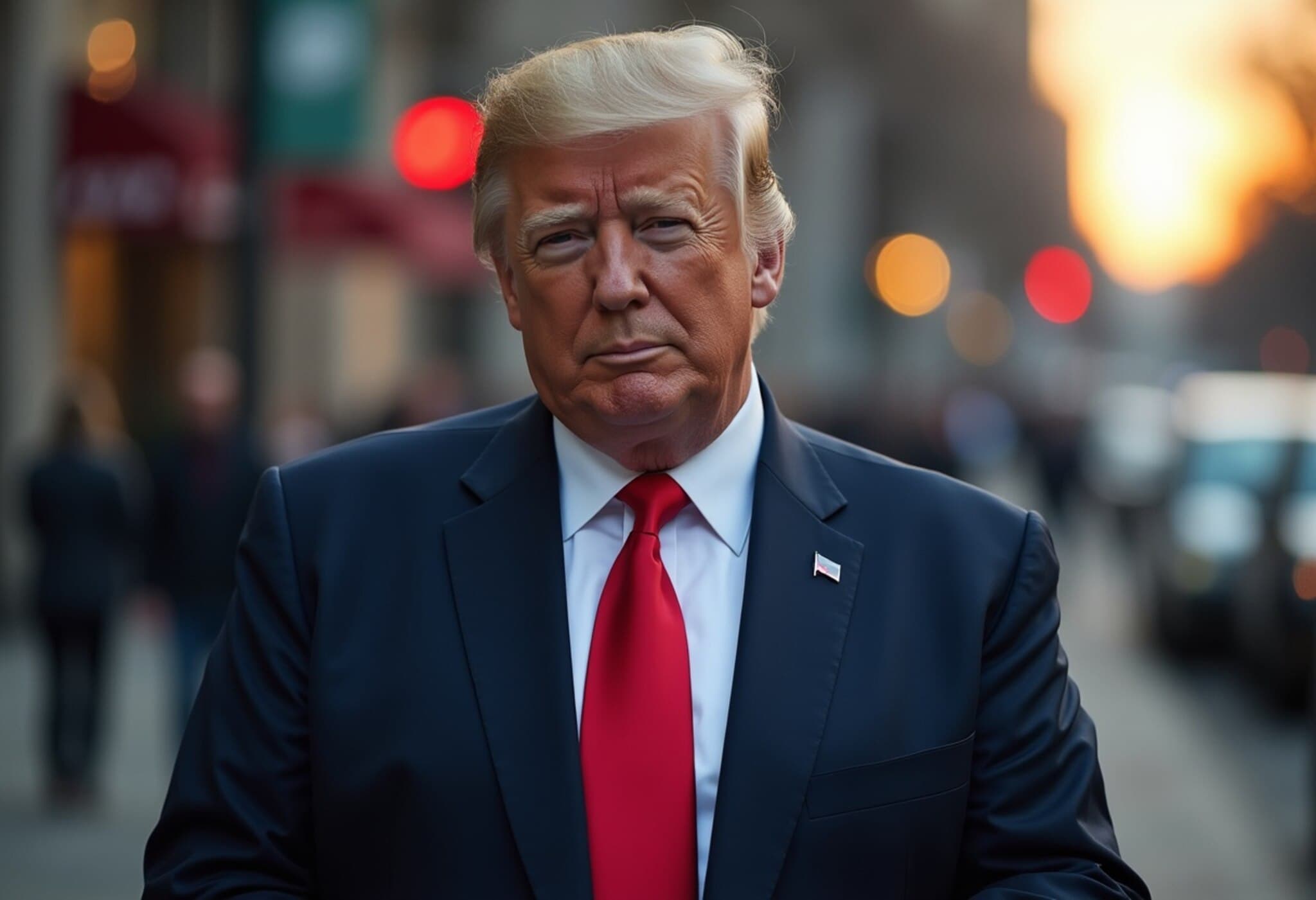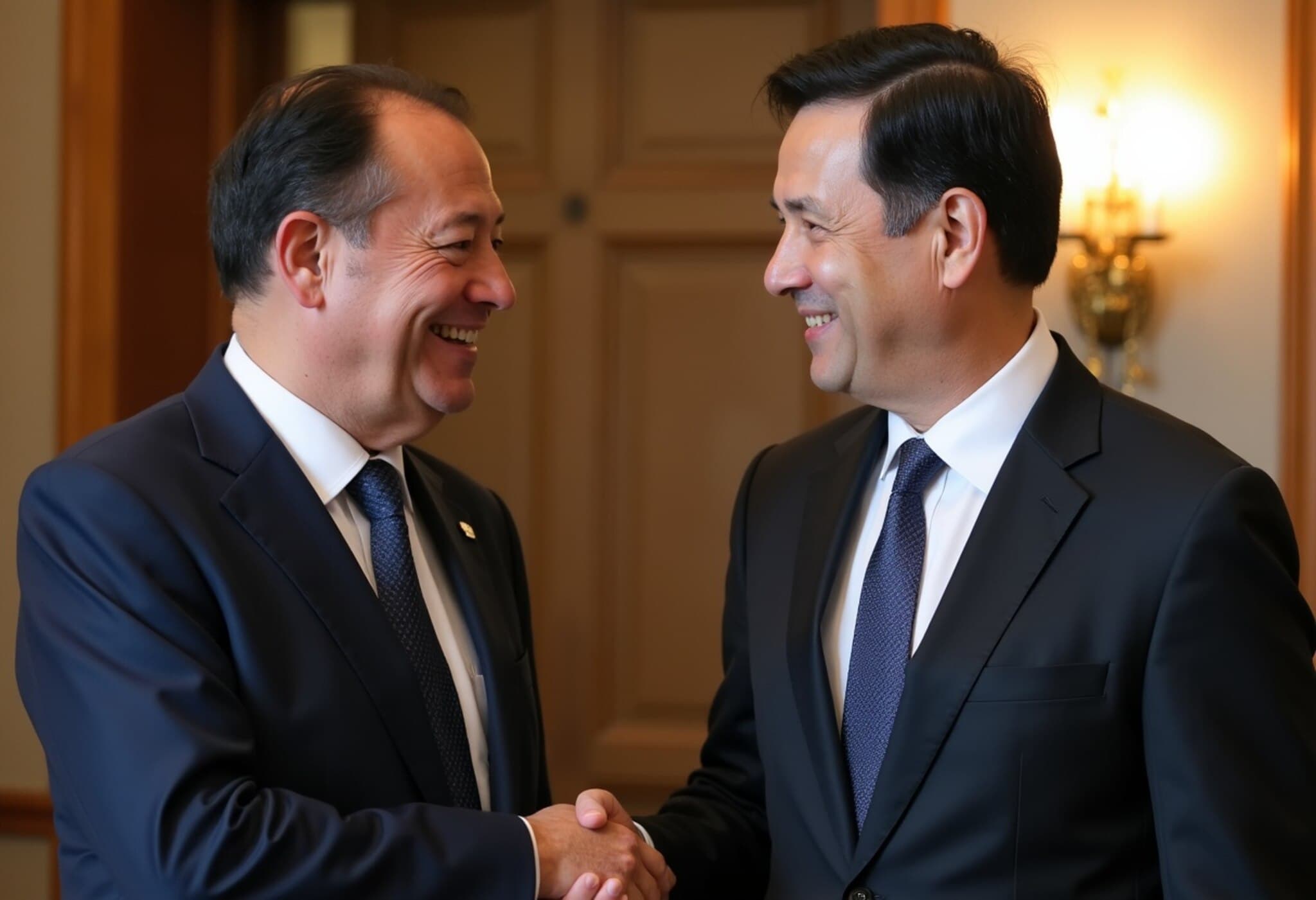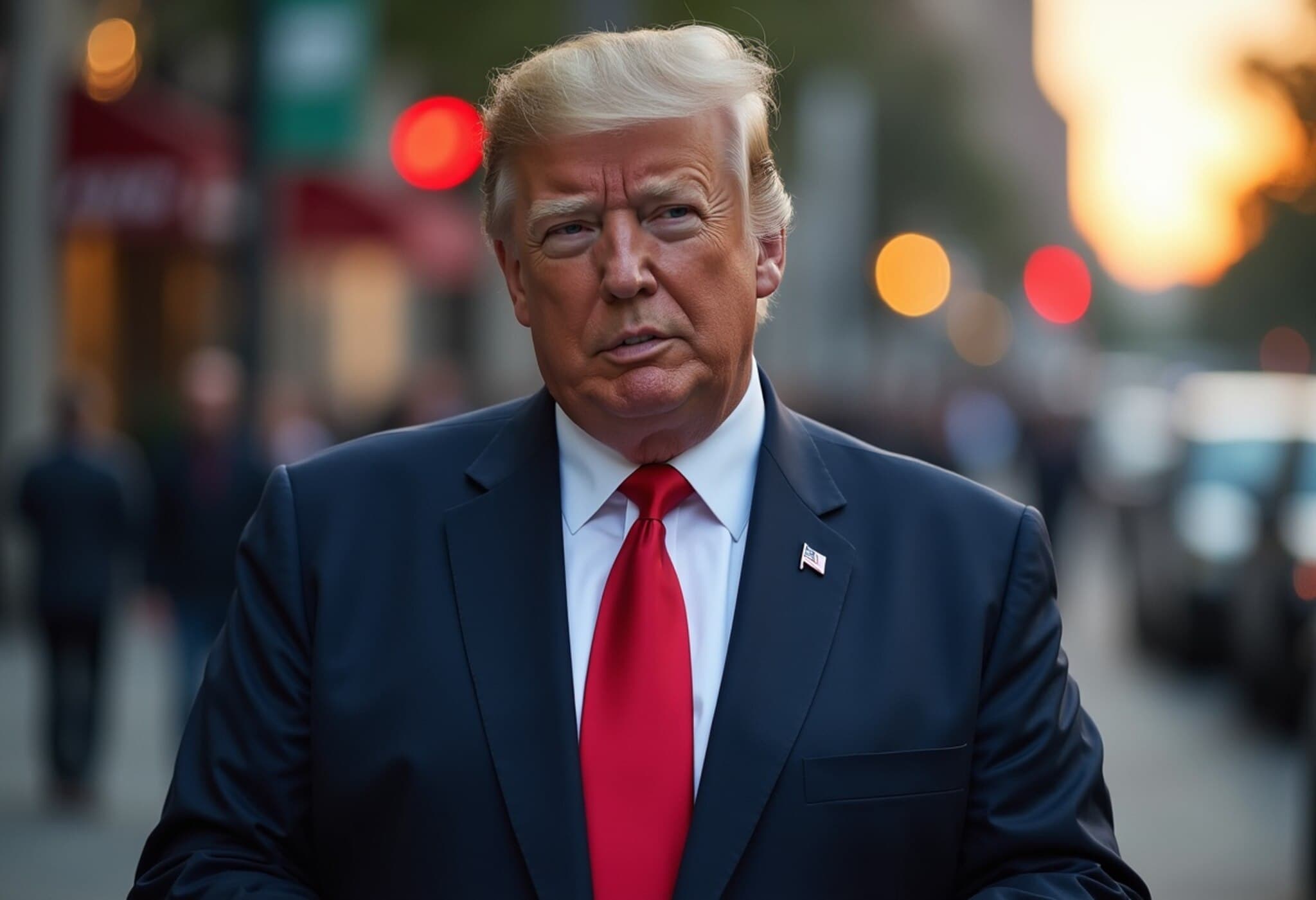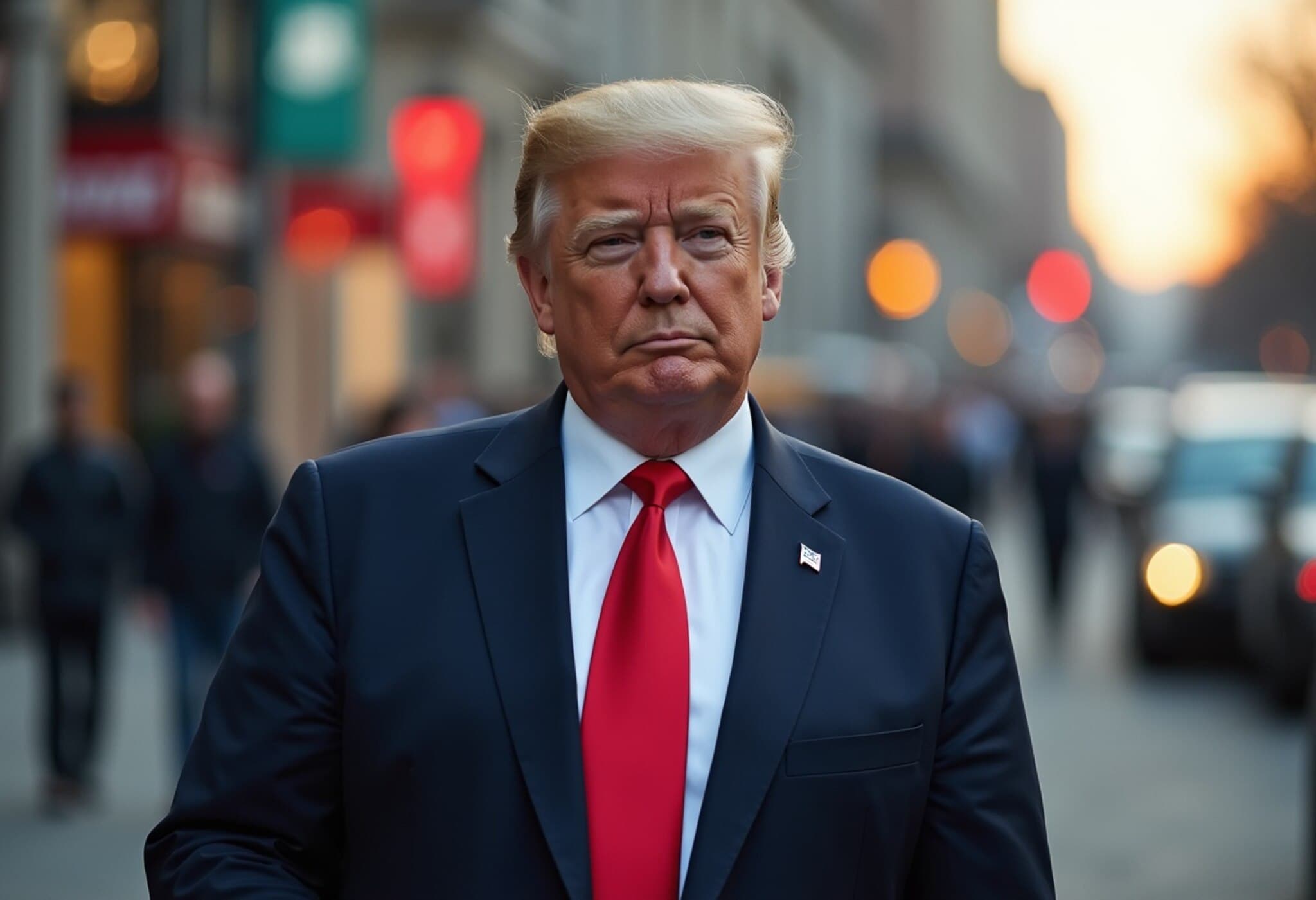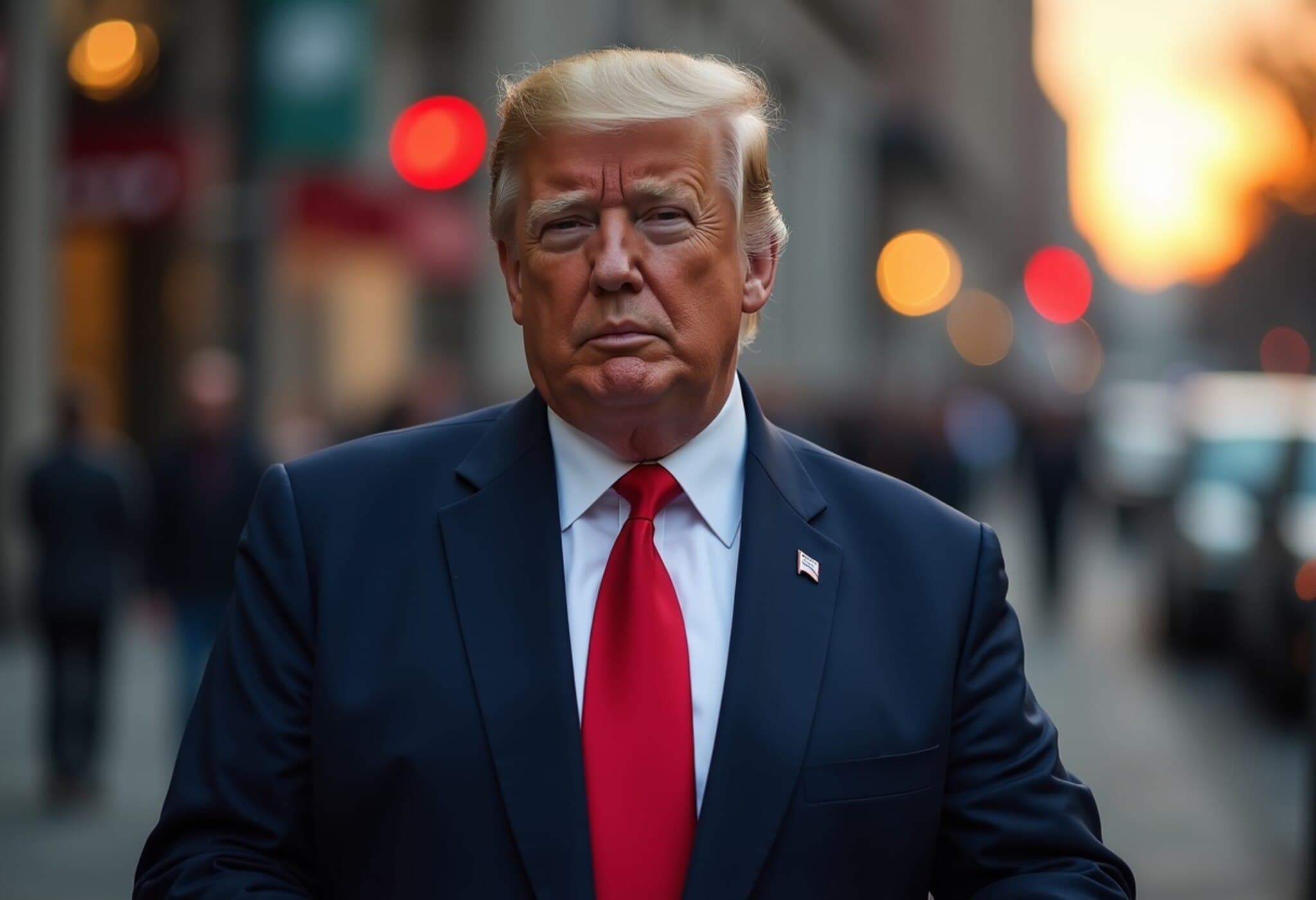Trump’s Escalating Tariffs Stir Economic Uncertainty Across ASEAN
In a bold move underscoring his ongoing trade war strategy, former U.S. President Donald Trump has announced fresh tariff measures targeting six Southeast Asian nations. This aggressive stance arises amid growing concerns over transshipment—where Chinese exporters reroute goods through ASEAN countries to bypass existing U.S. tariffs.
Tariff Details and Targets
Announced on July 7, 2025, these punitive tariffs are set to take effect on August 1. The rates are strikingly steep: Thailand and Cambodia face 36%, Indonesia 32%, Malaysia 25%, while Laos and Myanmar could see tariffs as high as 40%. Vietnam stands apart as the only ASEAN country with a tentative agreement, resulting in a reduced tariff of 20%, although Chinese goods rerouted through Vietnam remain subject to a 40% tax.
Meanwhile, Singapore, Brunei, and the Philippines await clarity on their tariff statuses, adding further uncertainty to the region’s trade landscape.
Understanding Transshipment and Its Implications
Transshipment, the practice at the heart of this tariff escalation, involves exporting goods through third-party countries to circumvent tariffs. As China’s trade conflicts with the U.S. intensify, more businesses have resorted to this loophole, complicating enforcement and undermining U.S. trade policies.
Deborah Elms, head of trade policy at the Hinrich Foundation, warns, “The risks of being tagged with extremely high ‘transshipment’ tariffs is high. Firms are likely recalibrating their strategies to minimize exposure to the U.S. market.”
Economic Fallout: Rising Costs and Limited Options
For ASEAN nations deeply intertwined with the U.S. market, especially in labor-intensive sectors like textiles, electronics, and leather goods, these tariffs pose a serious threat. Industry experts caution that instead of reviving U.S. manufacturing jobs, the tariffs could simply translate into costlier imports for American consumers.
Jayant Menon, visiting fellow at Singapore’s ISEAS-Yusof Ishak Institute, highlights the impracticality of reshoring labor-intensive work: “Elevated tariffs will simply drive prices up for U.S. consumers without delivering the intended economic repatriation.”
Indonesia’s outlook is particularly bleak. Bhima Yudhistira Adhinegara, Executive Director of the Center for Economic and Law Studies, estimates a potential $10.1 billion GDP decline, equivalent to roughly 12% of Indonesia’s 2024 nominal GDP, should the 32% tariff be enforced without negotiation progress.
Diplomatic Efforts Amid Tariff Deadlines
Despite these challenges, ASEAN countries continue diplomatic engagement, pledging increased imports of U.S. commodities like cotton, dairy, corn, and crude oil, aiming to temper punitive measures.
Shinta W. Kamdani, Chairperson of the Indonesian Employers Association, remains cautiously optimistic: “Although the August 1 deadline looms, there is still room for constructive dialogue to avert tariff implementation.”
Malaysia’s government echoes this sentiment, emphasizing commitment to a “fair and sustainable outcome” through ongoing negotiations.
Mixed Prospects: Winners, Losers, and Forward Paths
Vietnam’s tariff reduction offers a glimmer of hope, yet experts warn that uncertainties remain and export growth may still decelerate. Michael Wan, MUFG Economist, notes that export frontloading prior to the announcement may dampen future momentum.
Conversely, Thailand, facing a severe 36% tariff, risks losing appeal for new investments, potentially discouraging factory development vital to U.S. market access. Kobsak Pootrakool, Bangkok Bank senior executive, comments, “No investor wants to build production capacity hampered by prohibitive tariffs.”
Many analysts view this tariff escalation as yet another episode of high-stakes trade brinkmanship characteristic of Trump’s tenure, underscored by the short timeframe before implementation, leaving room for last-minute negotiations.
DBS Group analysts in Singapore highlight, “While market sentiment has cooled after the announcement, the shock is less severe than earlier rounds—a sign that diplomacy could yet prevail.”
Regional and Global Context
This development occurs against a backdrop of strained U.S.-China relations and broader geopolitical shifts influencing global supply chains. ASEAN countries, positioned as critical manufacturing hubs, now face the complex task of balancing trade relationships between two economic giants while safeguarding their own growth trajectories.
The situation raises essential questions about the efficacy of tariffs as a tool for trade correction and the sustainability of supply chains heavily reliant on cost arbitrage.
Editor’s Note
- Tariff Divergence: The uneven tariff rates within ASEAN spotlight the region’s varied trade relationships and vulnerabilities.
- Supply Chain Resilience: Firms may reconsider dependencies on Southeast Asia, potentially accelerating diversification or automation.
- Diplomatic Leverage: With the August 1 deadline approaching, diplomatic negotiations remain pivotal; outcomes here will shape U.S.-ASEAN relations for years.
- Impact on Consumers: Ultimately, increased tariffs risk being passed on to U.S. consumers, raising prices without guaranteeing domestic job growth.
As this evolving story unfolds, a close eye on negotiation developments and economic impacts will be crucial for policymakers, businesses, and consumers alike.

